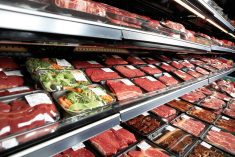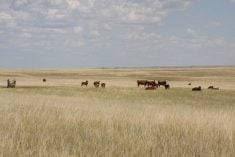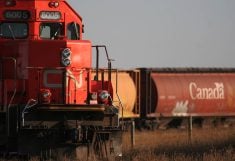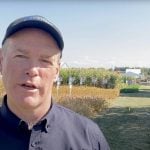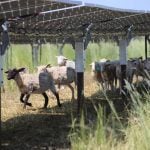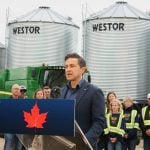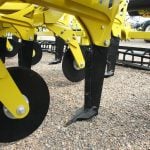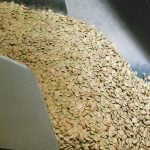Improving forages reduces feeding costs
Forage production could be impeded as research funding is directed toward more lucrative annual crops.
Trent Whiting, a marketing representative with Secan, told the recent Canadian Forage and Grassland Association conference in Saskatoon that 14 public institutions were breeding native and tame forages in 1975. There were seven in 2011, and many researchers are nearing retirement.
“Everybody in this room is a user of those genetics,” he said. “We need to get behind it and support them or we’re going to lose it.”
Whiting said it’s quicker to develop new cereal varieties and harder to justify investment in forage breeding when forage stands are only reseeded every five to seven years.
Read Also
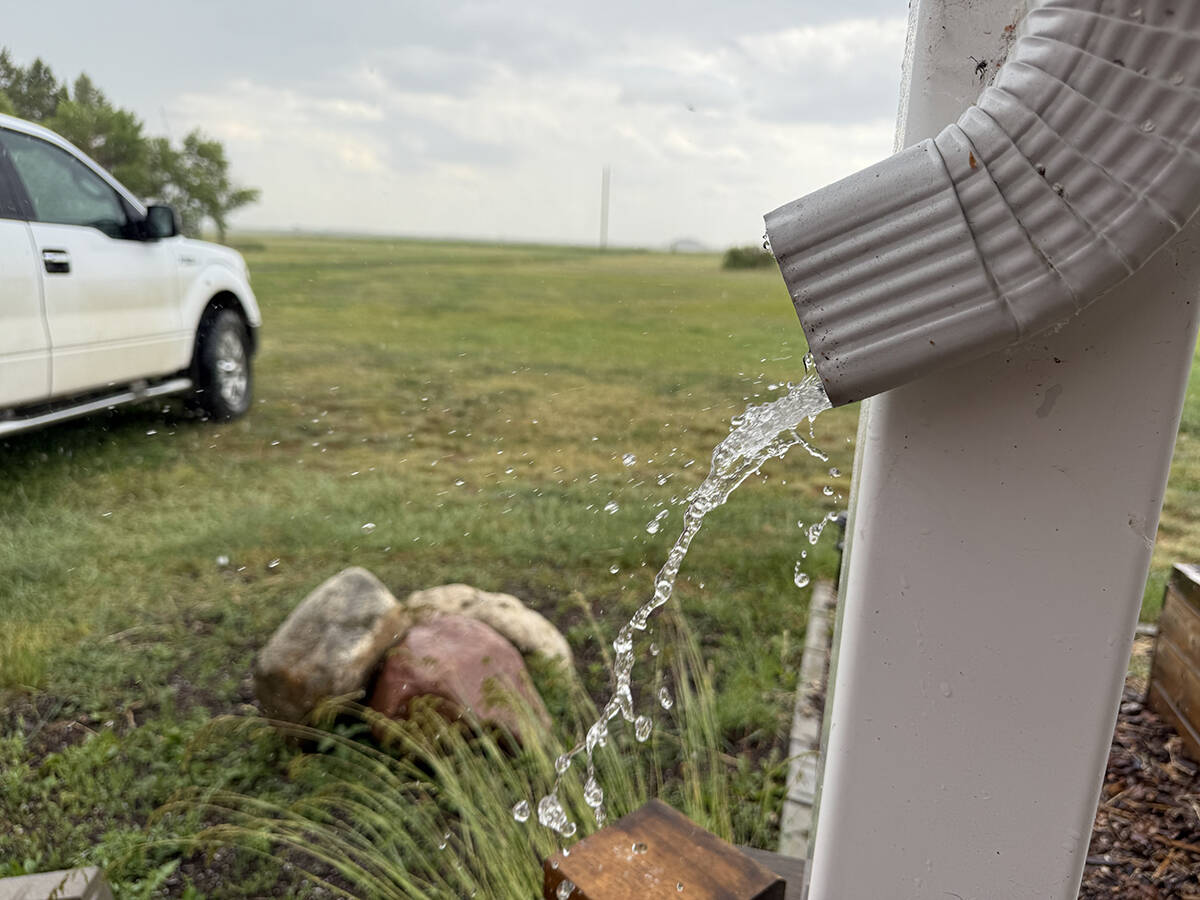
August rain welcome, but offered limited relief
Increased precipitation in August aids farmers prior to harvest in southern prairies of Canada.
“Private industry is developing all these new varieties every year because they can sell them every year,” said association chair Doug Wray.
“There’s a cash flow there that really works, but on the perennial forage side, it’s almost dysfunctional that way because the more successful you are, the less seed you eventually sell.”
Reynold Bergen, science director with the Beef Cattle Research Council, said research has improved winter yield losses and developed swath grazing practices that cut winter feeding costs and labour.
“Increased investment in forage investment isn’t hard at all to justify,” he said.
Bergen said the research council, which the Canadian Cattlemen’s Association established to identify research and development priorities, used to direct 10 percent of its funds toward forage research. That percentage is now 20 percent.
“If we could keep Canada’s beef cows and replacement heifers on pasture for one more day every winter instead of keeping them in the corral … we could probably save the cow-calf sector close to $4 million every year.”
He said the beef industry will benefit as research identifies appropriate species mixtures for swath grazing and develops alternative forage and grassland management strategies.
“We’re going to need the public to invest in the industry and their payback will be the environmental goods and services,” said Wray.
“The payback to the industry itself will be a more productive industry that can produce a safer, higher-quality meat or milk product.”
Wray said forages and grasslands are the biggest acreage crops in a country with a short growing season and lots of land unsuitable for cash crops. As a result, it’s important that the industry and the public get the most from them.
“Everybody here talked about the environmental impact … of those forage acres,” he said.
“We’re going to have to leverage that for the public good to get public money, government money, to back some of that science.”




